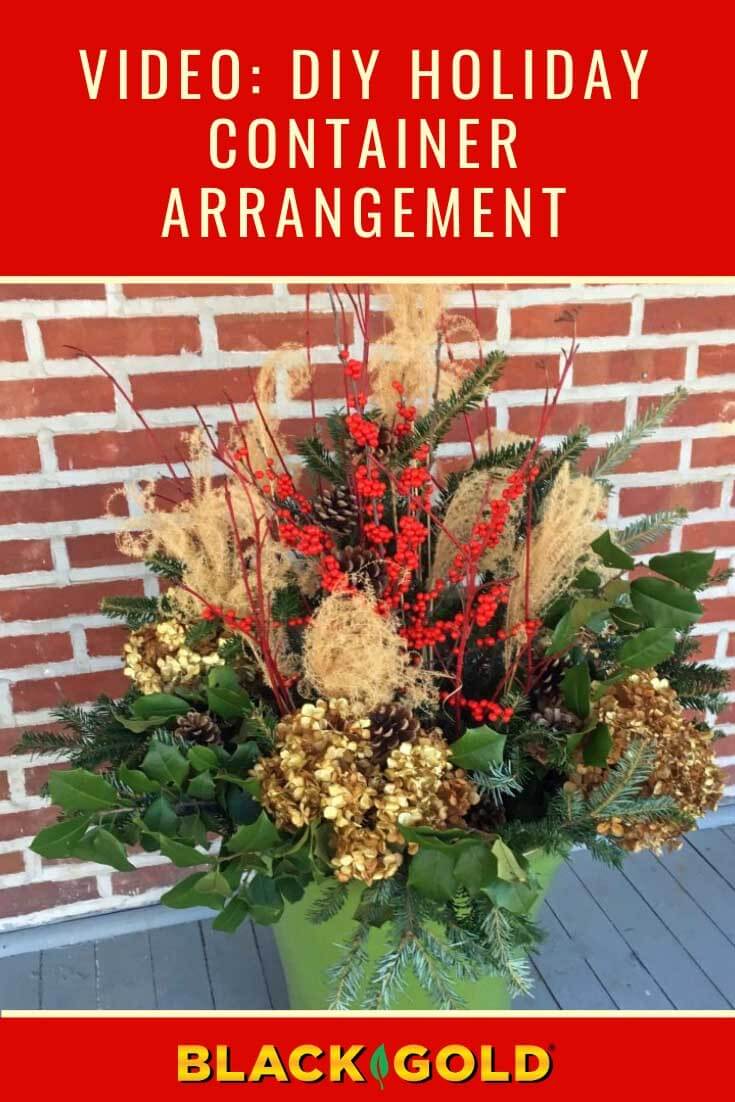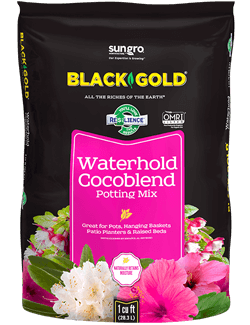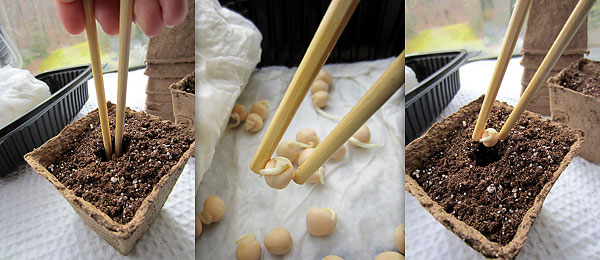
Don’t leave your patio ceramic containers empty during the holidays, Christmas, or winter! Fill them with beautiful evergreens, bright berried branches, and other festive outdoor decorations for a real front door showstopper.

Don’t leave your patio ceramic containers empty during the holidays, Christmas, or winter! Fill them with beautiful evergreens, bright berried branches, and other festive outdoor decorations for a real front door showstopper.

“I have a large, 1/2 whiskey barrel in my flower garden, planted with various types of marigolds. Since Mother’s Day, when I planted them, I’ve fertilized them every two weeks. I am faithful about deadheading them as needed, on a daily basis. I water as needed. They are just glorious this year! 1) Should I continue to fertilize them? How long can I expect them to last? Thanks so much!” Question from Diane of Newark, Ohio
Answer: I love marigolds, too. They are heat tolerant, tough, beautiful, and so easy to grow. It sounds like you are doing everything right! Continue to fertilize them until mid-September, and they will keep blooming until the first frost of autumn. Late-season bees and butterflies that gather pollen and nectar towards the end of the season will thank you.
If you like to save seed, I would also suggest letting a few blooms go to seed, starting in late September. Once the plants have all succumbed to frost, remove the mature seedheads and pull the withered plants from your whisky barrel. Through winter, store the seeds in a paper bag kept in a cool, dry place. Then the following April, refresh the barrel’s potting soil (Black Gold Natural & Organic Potting Mix is excellent) and sprinkle the seeds on the surface. Keep the soil moist, and they should start sprouting once the soil warms. I like this method because it’s free and effortless. Open-pollinated plants typically don’t look just like their parents, but the variation in the flowers from year to year is a fun surprise.
(Click here to read an article with more information about marigold growing.)
Happy gardening!
Jessie Keith
Black Gold Horticulturist

“I always grow coleus in containers in the summer. They are beautiful and usually do wonderfully well. This year I have wide-leaf coleus in my large, rectangular containers. I have two questions. 1) How often do you recommend fertilizing them? 2) They are producing large purple flowers. Should I clip the flowers to make the plant grow better, or is it okay to leave the flowers alone to enjoy their beauty? Many thanks for the help!” Question from Diane of Neward, Ohio
Answer: Coleus are truly foliar plants. Their wands of lavender-blue flowers can be appealing, but if you allow the plants to flower and set seed, the leaves will wane and become smaller and less robust and beautiful. This is because the plants are putting energy into flower and seed production rather than leaf growth. For this reason, gardeners must deadhead coleus plants to keep their foliage looking lush and lovely. Simply pinch off all of the buds as you see them to stop flowering.
Nitrogen is the chief nutrient that encourages healthy foliar growth. To encourage leafier growth, choose a fertilizer that is high in nitrogen, such as Foliage Pro. Follow the manufacturer’s instructions for feeding, because feeding times differ from product to product. You will also get less flowering if you grow your coleus in full to partial shade.
It also pays to use a quality potting mix or garden amendment that’s rich in organic matter and has a boost of fertilizer. I recommend Black Gold® All Purpose Potting Mix for potted specimens and Black Gold® Garden Soil for in-ground plantings.
I hope that these tips help and keep your coleus looking their best this season! As an aside, the image above is one of my container coleus plants, which has been pinched back and kept in partial shade to encourage super lush foliage!
Happy gardening,
Jessie Keith

“I am from SC. Will any veggies grow indoors in pots in the summer or winter?” Question from Donna of Newberry, South Carolina
Answer: There are lots of vegetables that are easily grown in containers. The key is choosing large containers that will give their roots enough space to grow and choosing varieties that are more compact. Providing excellent potting mix, like Black Gold Natural & Organic Potting Mix, and fertilizer formulated for vegetables is also essential. Growing container vegetables in summer is a  snap because of the ample sunshine, warmth, humidity, and pollinators. (Click here to read more about growing vegetables in containers, and this article covers lots of miniature vegetables that are just right for container growing.)
snap because of the ample sunshine, warmth, humidity, and pollinators. (Click here to read more about growing vegetables in containers, and this article covers lots of miniature vegetables that are just right for container growing.)
Growing vegetables in containers in winter is a different story. First, you generally need lots of sunlight–at least 6 to 8 hours for good growth and production. Also, warm-season vegetables, like tomatoes and peppers, need extra warmth and moderate humidity. Greens and herbs are often the best choices for indoor growing because they need a little less light (five to six hours of sun) and are able to withstand cooler temperatures. They are great candidates for a bright, sunny, south-facing window. (Click here for a great article about growing windowsill greens in winter, and here’s an article about growing indoor herbs.)
Because you live down south, you may be able to get really cold-hardy greens to overwinter in pots as well, but this is never a sure-shot deal. Experiment with kale and collards to see if you can get them to survive your winter cold in pots.
I hope that these tips help! Growing veggies in big, tall pots is lots of fun and almost like raised bed gardening.
Happy gardening!
Jessie Keith
Black Gold Horticulturist

This idea came from deep within Mexico where plastic nursery containers are rare and coveted. Tin cans are used, whenever possible, instead of pots to save money. When I found the tower at Xochemilco, I realized this is trickle-down-watering at its finest. It’s also the most innovative idea I’d seen for recycling and saving money. It also offered a great way to grow more plants with less water and space. Anyone with a fence post, porch post or just a single 4′ x 4′ in a post hole can create this vertical green tower.
The good news is that it’s used for the most beautiful of all succulents: string of pearls (Senecio rowleyanus), donkey tails (Senecio morganianum), string of bananas (Senecio radicans), and rosary vine (Ceropegia woodii). All produce long, dangling tresses that soon cloak the post in pendulous foliage. Though frost tender, they benefit from your cover, or simply remove cans before the first frost and decorate your sunny windows for the winter.
For most who live where there is summer rain, this vertical system solves the problem of keeping succulents dry enough, so they don’t rot in the heat. It was invented in Mexico City by a cottage-level succulent grower to protect cacti and succulents with overhead tarps where it rains in the afternoons. It will work with your climate, too. When you grow plants under patio covers on posts, they’re covered from rain but still exposed to plenty of sun. This keeps them dry until you decide they need water.
Watering is the most fun since each can drains into the one below it and so on. That means every drop of water you apply is utilized. This system will work for virtually any kind of plant and offers a great way to grow herbs, greens, and flowers, too.
If you use succulents to create your version, you must ensure the cans drain quickly by using a nail to punch numerous holes in the bottom, not just one. Use only Black Gold Cactus Mix when planting each can. Tin cans are ideally sized for cell-pack succulent starts or small 2″ potted seedlings, the largest root ball that fits.
Due to the small root zone, keeping water in the cans is vital for less drought-resistant plants, such as cilantro. Take advantage of Black Gold Waterhold Cocoblend Potting Soil to help each plant maintain moisture over a much longer period as well as benefiting from higher fertility levels and RESiLIENCE®, which may reduce wilting. Pine needles are used in Mexico for mulch which is stuffed into the tops of the cans to hold on to moisture and extend time spans between trickle-down watering.
 There are a dozen variations possible on this basic idea, from fancy wire bales on the cans to upsizing everything too much larger containers for the same trickle-down on a larger scale. It’s endless how Black Gold potting soils can turn discarded cans into the biggest problem solver of the season. Start collecting them today. Then plant your succulents any time of year and sow winter greens late summer for easy picking on the porch.
There are a dozen variations possible on this basic idea, from fancy wire bales on the cans to upsizing everything too much larger containers for the same trickle-down on a larger scale. It’s endless how Black Gold potting soils can turn discarded cans into the biggest problem solver of the season. Start collecting them today. Then plant your succulents any time of year and sow winter greens late summer for easy picking on the porch.

Practice your fine motor and dining skills on your new sprouts. Transplanting sprouts using chopsticks is an easy, clean, and fun way to transplant your seedlings into a larger-sized pot. Simply fill your container with Black Gold Seedling Mix. Poke a planting hole into the loose soil with the chopsticks. Lift the seedling, and then gently place it into the waiting hole. Smooth the soil, water it well, and you are done.